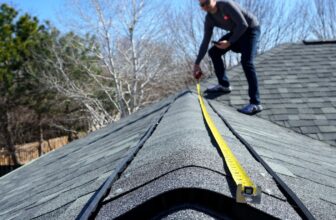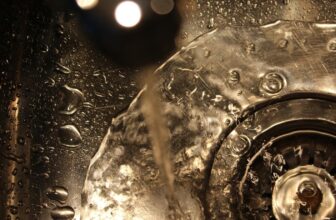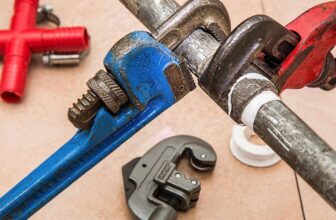Why Is Kilz Not Recommended For Flooring? (Answered In Detail!)
There’s hardly anything more satisfying for a homeowner than a well-done DIY project on their own home.
The pride in knowing that you did the work yourself has no substitute.
Still, almost every home project requires a solid amount of prep work, something many people take for granted.
Nevertheless, the solid preparation is the key to making your DIY project durable and dependable,
This is especially true for floors, an interior design element that takes plenty of abuse in its lifetime.
For this reason, most DIYers look for the best primer for their floor work and there’s hardly any more reputable than Kilz products.
However, the manufacturer’s recommendation says that Kilz should be used for flooring, which leaves a lot of people confused.
To clear up some of the confusion, I’ll explain why is Kilz not recommended for flooring and if there are cases when it can still be used.
What Is Kilz?
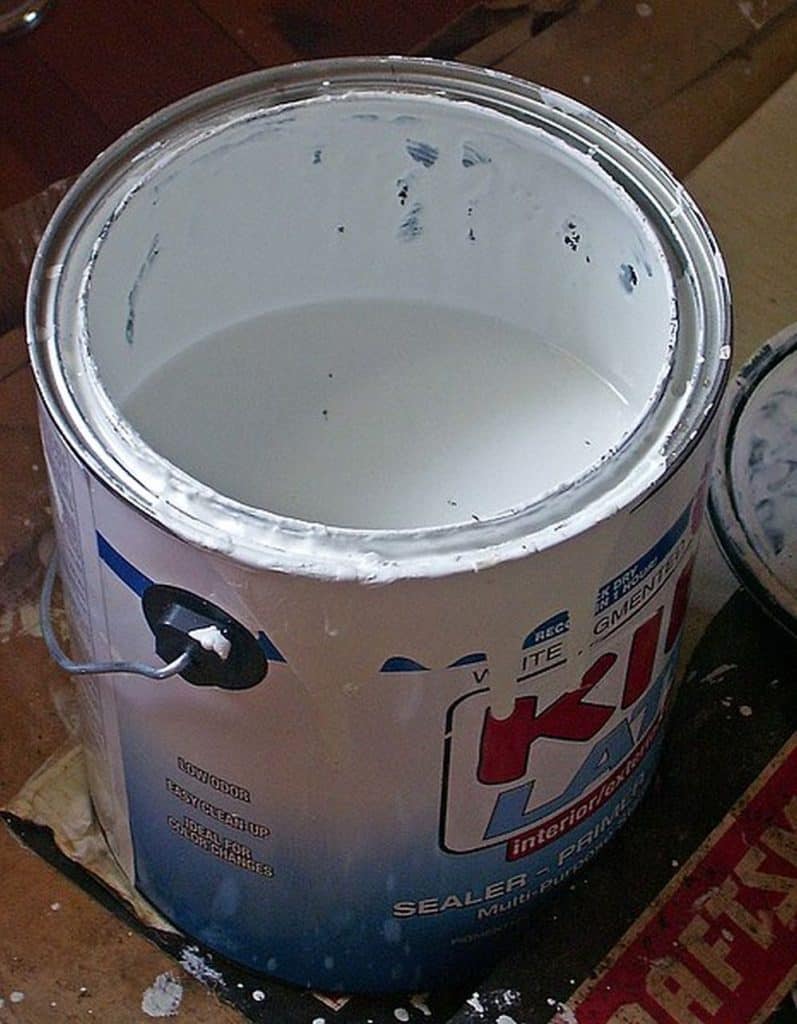
Before we move any further, I should explain what Kilz actually is.
Kilz is a primer, commonly used for heavy-duty purposes.
It’s oil-based and thick, so it works great for covering and sealing any problem areas in the house.
It’s among the favorite primers used by contractors and handymen due to its ability to seal shut, trap, and cover almost any stain (including those from rust, oil, or smoke), surface imperfections, or unpleasant odor.
Plus, Kilz is perfect for porous surfaces as it works great for preventing any bleed-through. As it evens out any surface, Kilz leaves a smooth base for anything that comes after it.
Why Is Kilz Not Recommended For Flooring?
Despite all said above, you’ll often hear the advice not to use Kilz for flooring purposes. This is true to some extent, as it is primarily a paint primer and not a floor finish.
The main reason why Kilz is not recommended for flooring is due to its textured finish.
While its adhesive properties will make it stick and adhere to the floor properly, it won’t feature a glossy and smooth finish like the most floor-specific primer coats.
As we all know, the floor sees a lot of foot traffic and takes a lot of beating in its lifetime.
Because of this, with slightly textured primer, such as Kilz, the floor will be susceptible to dents, dust nibs, and other small damages.
Still, even with these flaws, Kilz will hide the stains, protect the coloring, and even out the surface, which is why it can still find its use on more strong types of floors.
Which Type Of Floors You Shouldn’t Use Kilz On?
If you have the type of floor that lacks strength and toughness, you’ll be better off staying away from Kilz and using some other product.
These types of floors normally require a stronger and glossier finish to deal with all the foot traffic and other requirements of regular use.
In some cases, Kilz can be used here, but only as a preparatory coating for the different finishing layers.
Below are the floor types where Kilz is a less than perfect solution.
For most of them, to prevent wear and tear and moisture damage, you should use another finish, such as those that are epoxy or polyurethane-based.
Wooden Floors
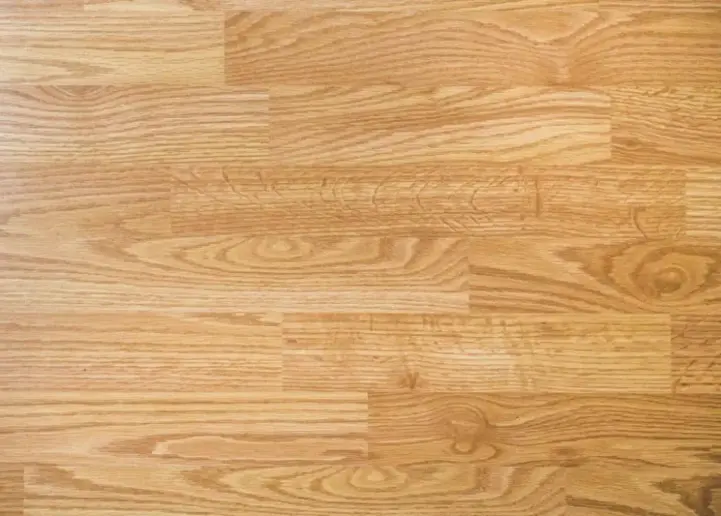
Although frequently used and one of the aesthetically most appealing, wood is a tricky floor material.
Any trace of moisture or any dents can cause the wood to rot and using Kilz as a final coat doesn’t provide protection from these damages.
If you use it as a primer it will likely cause the finishing coat from properly sticking to the wood.
Outdoor Decks And Patios

Outdoor floors are exposed to even more moisture due to the influence of the elements.
This means that the potential for mold development is even greater than inside.
As Kilz doesn’t have moisture-resistant properties, it shouldn’t be used on outdoor floors, as using it may lead to rotting and developing mildew.
This is one of the main reasons why is Kilz not recommended for flooring.
Finished Floors
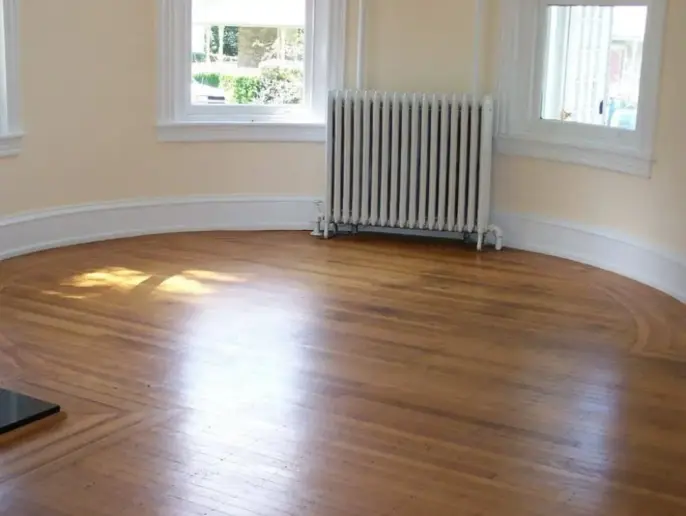
Kilz also shouldn’t be used on floors where the finishing coat is already applied.
The smooth coating will prevent Kilz from properly sticking to the floor and hinder the adhesion between Kilz finishing layer and the floor.
Which Type Of Floors You Can Use Kilz On?
As I mentioned before, for certain types of floors, Kilz can work as a decent coating solution.
These are the floors that are strong and durable by themselves and don’t require much additional protection from the coating.
This way, other strengths of Kilz, such as stain and discoloration prevention, become valuable.
A couple of types of floors that you can freely use Kilz on are listed below.
Concrete Floors
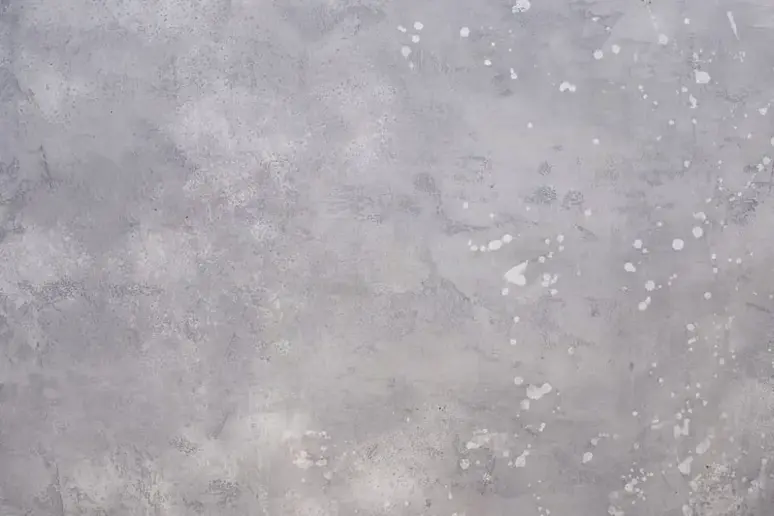
Of all floor types, concrete floors are probably the toughest and most durable.
The whole purpose of a concrete floor is to be able to withstand heavy use without getting significantly damaged.
So, finishing a concrete floor with Kilz will work in most cases as the weaknesses of the primer will not be of significance.
Still, remember that Kilz will provide a textured finish, so if you want a more smooth and glossy coating, maybe you should opt for a different product.
This is why people often go with Kilz in spaces such as garages where rugged floor qualities are more important than appearance.
Also, you shouldn’t use Kilz if you’ve already covered the concrete with another primer. Kilz works best when applied directly to bare concrete or stone.
Tiles
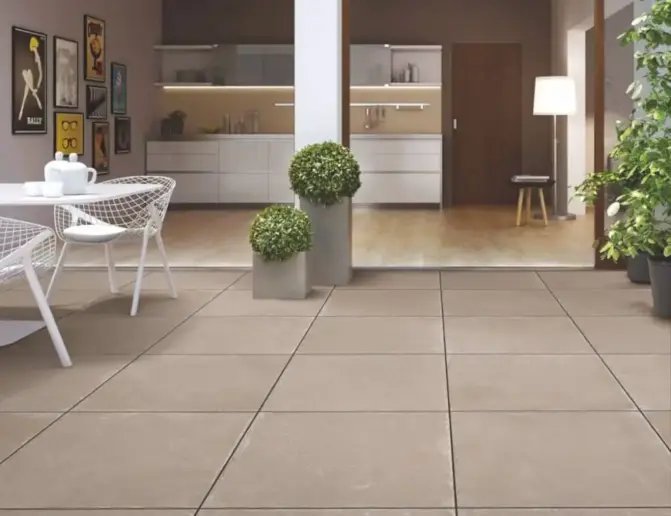
Kilz is also a decent coating solution for floors covered with tiles.
Similar to concrete, tiled floors are rather strong and moisture-resistant, meaning they can withstand frequent foot traffic and heavy use.
Still, Kilz coating on the tiled floor likely won’t last that long. Ceramic tiles are usually slick and smooth, so Kilz may not adhere to the surface properly.
Composite Surfaces
Composite floors, commonly used on decks, can come in different variations, depending on the materials used.
For most of them, you can use Kilz as a finishing layer, especially if there are cracks in the surface.
Kilz can level this out and make the floor look more uniform.
Can You Use Kilz On Subfloor?
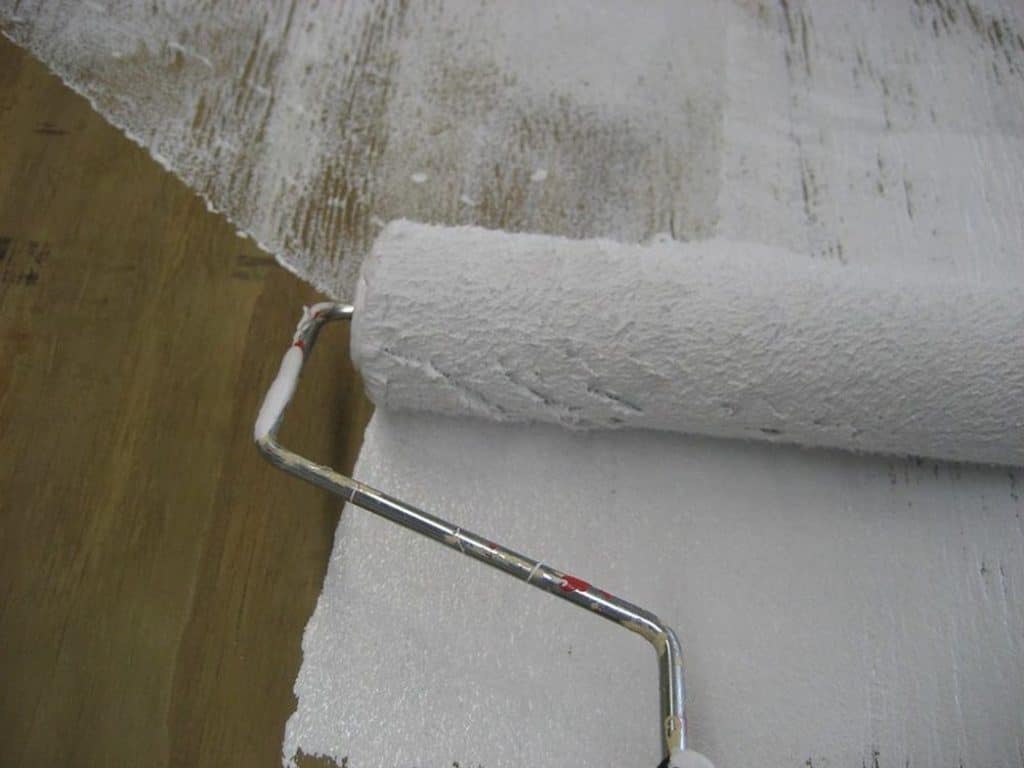
As we’ve seen, Kilz’s use as a finishing floor layer depends on the type of floor. However, it’s much more suited for use as a primer on the subfloor.
This means you can use Kilz to prepare the floor foundation before putting it on the finishing layer.
As it’s designed mainly to seal the surfaces, Kilz works great here, ensuring that stains won’t get to the surface.
It’s also great for preventing the unpleasant odors that may be stuck in the floor foundation from coming out.
This is particularly useful for locking the smell of pet urine that may sometimes be present as you move into the new house.
Should Kilz Be Left To Dry After Applying To The Subfloor?
If you’re using Kilz as a primer on the subfloor, remember that you must wait for a certain amount of time before applying the final coating.
Just like any other oil-based primer, it’s rather thick and takes some time to dry.
Kilz usually dries in little more than 30 minutes, but you should leave it for at least an hour, just to be on the safe side.
There’s an easy way to check if Kilz is sufficiently dry. Simply take fine-grit sandpaper and try sanding the Kilz primer.
If the sandpaper moves freely across the Kilz-treated surface, you can rest assured that it’s dry enough.
On the other hand, if the sandpaper gets clogged, you should wait a bit more.
How To Use Kilz On Subfloor
As the most frequent use of Kilz is priming the subfloor, here are a few tips on how to do it properly.
Clean The Floor First
For Kilz to produce satisfactory results, it should always be applied to a clean subfloor.
Otherwise, it may not perform its role and the whole floor may look unattractive, even with the final coating.
The first thing you need to do is remove the laminate, carpet, or anything else covering the foundation of the floor, or the area where you want to apply Kilz.
Carefully check the floor for any potential damage.
Especially pay attention to the parts of the floor near the sing and similar humid areas to check if there’s mold or other fungi developing.
Sand The Surface
Before you apply Kilz, you should sand the area where you plan to use it. This will provide a perfect surface for Kilz to adhere to and bond with.
Needless to say, while sanding, you should wear a mask and other protective equipment and ventilate the room.
Apply Kilz Evenly
Right before you start applying Kilz, you may want to sprinkle the intended area a bit. It’s best that you use diluted baking soda as it will help kill some of the smell.
Slightly wet subflooring will help Kilz stick better.
Using a trowel, or similar scoping tool, take Kilz paste and spread it around the surface as evenly as possible.
As noted before, once you’ve applied Kilz give it an hour or so to dry before spreading the finishing coating.
Does Kilz Have An Unpleasant Smell?
One of the main reasons why people hesitate to use Kilz is its strong and unpleasant odor. As Kilz is part adhesive, part paint, and part sealant, this strong smell is quite normal,
However, when applying it to a larger area in your house it may take days for the smell to completely evaporate from your home.
You may count that it will take up to four days for the odor to completely disappear.
This period will also depend on how well are you ventilating the house while applying Kilz. The better ventilation, the sooner the smell will start to dissipate.
This is why it’s always better to start these types of projects when the weather outside is nicer.
Make Sure You Use Protective Equipment
Of course, wearing protective equipment, such as masks, will help you deal with this unpleasant better,
This especially goes for people with allergies, rashes, and similar issues.
In addition, if you have kids, it’s a good idea to, if possible, send them away from the house while the works are in progress.
Will Kilz Help You Get Rid Of Pet Urine Smell
While pets are usually well potty-trained, some still do their business on carpeting and other types of flooring.
This is especially true for cats who can easily develop this bad habit if the owner is not very committed to training them.
Even if you don’t have a pet, there’s always a chance, when moving into another house where the previous owner had cats who urinated on the floor.
Cat’s urine has a very strong and unpleasant odor and is notoriously difficult to get rid of.
As Kilz works great as a sealant, applying it to the subfloor before laying the final coating or carpet is a great way to keep those nasty smells locked in.
Of course, you should clean the affected area the best you can before applying Kilz. Remember, Kilz is only a sealant, not a cleaning product.
Conclusion
In general, the rule of thumb is that you shouldn’t use Kilz for flooring.
After all, the manufacturers themselves don’t recommend it. Kilz is only a sealing primer coating, not a floor finish.
As such, it won’t excel when it comes to protection from dents, moisture, or similar damage.
This is particularly true when it comes to more delicate flooring and the one that is in the house area that sees heavy foot traffic.
Kilz likely won’t handle the weight and the wear and tear that comes from people constantly walking over it.
However, it’s good to know that Kilz can work with certain types of floors. It’s a fantastic sealant and, as such, good at providing the base for final coating.
If you are going to use it as a finish, do so only for the types of floors that are already strong and durable, such as concrete.

